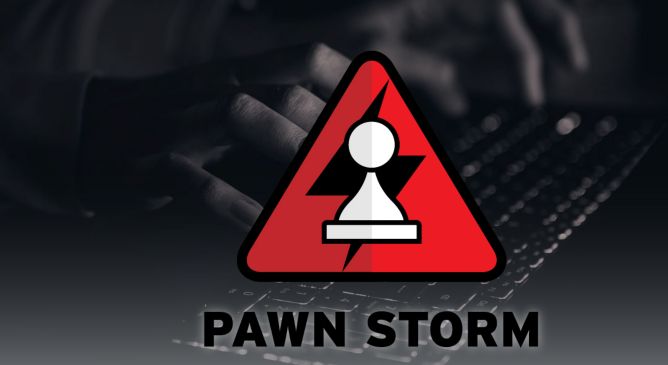

Router Roulette: Cybercriminals and Nation-States Sharing Compromised Networks
This blog entry aims to highlight the dangers of internet-facing routers and elaborate on Pawn Storm's exploitation of EdgeRouters, complementing the FBI's advisory from February 27, 2024.














